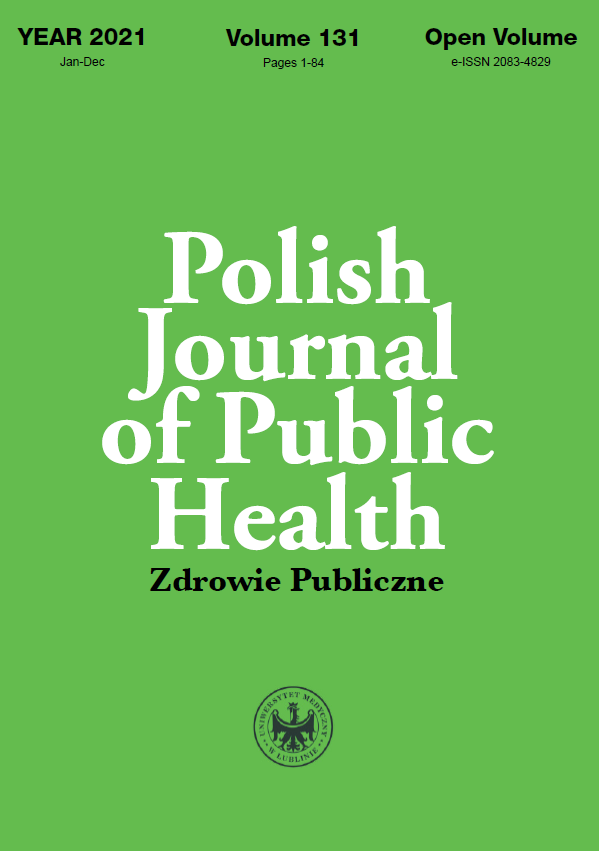Human Milk Banks – biobanking for preterms and newborns
DOI:
https://doi.org/10.2478/pjph-2021-0016Keywords:
Breast Milk Bank, lactation, preterm baby, milk donorsAbstract
Breast milk banks are specialized hospital-located laboratories. Their role is to provide breast milk to newborns and infants who, for various reasons, cannot be fed with their mother’s milk. They are an inseparable part of intensive neonatal care units and an element of the mother and child care system. They are financed by hospitals in which they operate. Milk is obtained from donors, thoroughly examined, pasteurized and passed directly to children in need. Food recipients are mainly premature babies in the neonatal intensive care unit. As proven by numerous scientific studies, breast milk is the most appropriate food for newborns and infants. Breast milk is also recommended by Polish, foreign and international organizations and institutions involved in nu- tritional problems of children.
There are 226 Breast Milk Banks in Europe (first organized in 1909 in Vienna) and the organization of additional 16 is planned. In Poland there are only 9 banks and two more are in the organizational phase. Breast milk banks in Poland operate on the basis of in-hospital regulations. The European Association of Milk Banks strives to unify the procedures of conduct in all units, including Poland.
References
1. http://bankmleka.pl/ (access: 12.08.2018)
2. Boquien CY. Human milk: an ideal food for nutrition of preterm newborn. Front Pediatr. 2018;6:295.
3. http://europeanmilkbanking.com/ (access: 04.08.2018)
4. Wilińska M, Kowal A, Baranowska E. Kim są dawczynie pokarmu do banku mleka kobiecego? Stand Med Pediatr. 2016;13:204.
5. Szyszka M, Dębska S, Bączek G, Dmoch-Gajzlerska E. Wiedza i opinia kobiet na temat banków mleka kobiecego. Położ Nauka Prakt. 2017;1(37):59.
6. Figueiredo M, Buenno M, Ribeiro C, et al. Human milk bank: breastfeeding counseling and the duration of exclusive breastfeeding. J Hum Growth Dev. 2015;25(2):204-10.
7. Wilińska M, Borszewska-Kornacka M, Wesołowska A, et al. Bank mleka kobiecego w Polsce – pierwsze doświadczenia. Stand Med Pediatr. 2013;10:549.
8. Wesołowska A, Paseczna I, Studniczek A. Społeczny aspekt funkcjonowania banków mleka kobiecego. Stand Med Pediatr. 2017;14:159.
9. Bharadva K, Tiwari S, Mishra S, Mukhopadhyay K, et al. Human milk banking guidelines. Indian Pediatr. 2014;51:469-74.
10. Adhisivam B, Vishnu Bhat B, Banupriya N, et al. Impact of human milk banking on neonatal mortality, ecrotizing enterocolitis, and exclusive breastfeeding – experience from a tertiary care teaching hospital, south India. J Matern Fetal Neonatal Med. 2018;32(6):902-5.
11. Knypl K. Przyszłość banków mleka kobiecego w Polsce. Gazeta dla Lekarzy. 2015;6:20.
Downloads
Published
Issue
Section
License
Copyright (c) 2021 Authors

This work is licensed under a Creative Commons Attribution-NonCommercial-NoDerivatives 3.0 Unported License.


